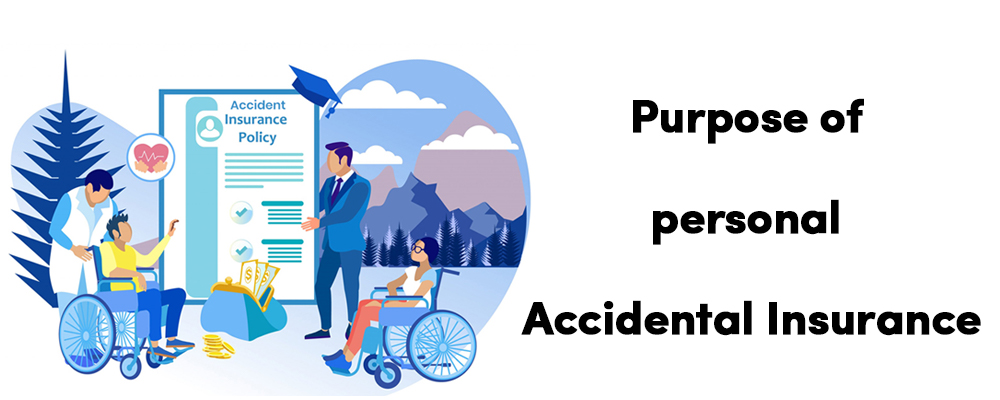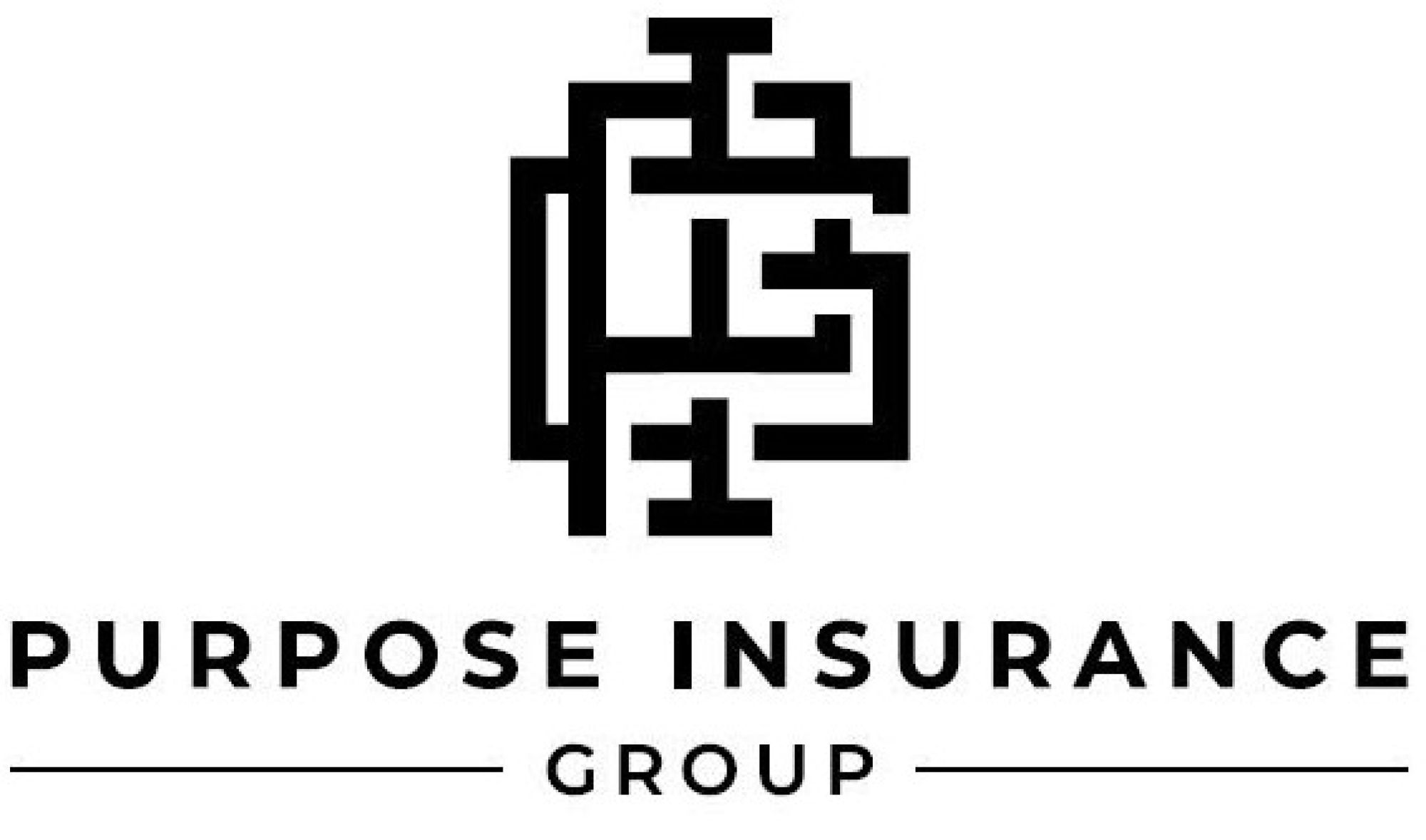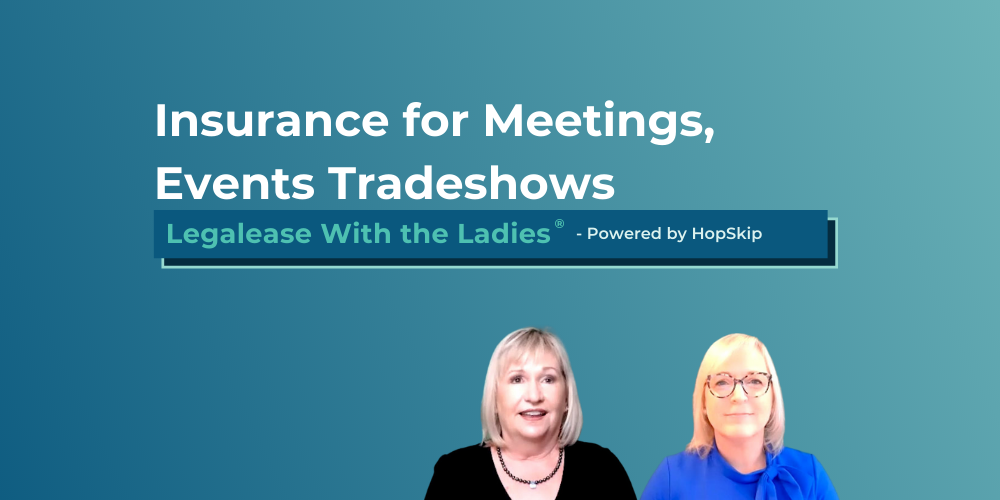The Basic Principles Of Pacific Prime
The Basic Principles Of Pacific Prime
Blog Article
An Unbiased View of Pacific Prime
Table of ContentsUnknown Facts About Pacific PrimeThe Pacific Prime DiariesSome Known Factual Statements About Pacific Prime Get This Report on Pacific Prime
In many states, the insurance company is called for to send you a duplicate of the modifications to your plan. It is necessary that you read Endorsements or Bikers so you comprehend just how your policy has changed and if the plan is still ample to meet your demands. To obtain a duplicate of your insurance coverage policy, please call your insurance coverage representative or firm.
The Institute of Medication (IOM) Board on the Consequences of Uninsurance launches a prolonged exam of evidence that addresses the relevance of health insurance coverage with the publication of this record. Coverage Issues is the first in a series of 6 reports that will certainly be released over the next 2 years recording the fact and repercussions of having actually an estimated 40 million individuals in the United States without health and wellness insurance policy coverage.

Getting The Pacific Prime To Work
The goal of this collection of researches is to refocus policy focus on a historical issue. Following the lengthiest financial development in American background, in 1999, an estimated one out of every 6 Americans32 million grownups under the age of 65 and more than 10 million childrenremains uninsured (Mills, 2000).

Ten percent of the populace make up 70 percent of wellness treatment expenditures, a correlation that has actually continued to be consistent over the previous three years (Berk and Monheit, 2001) - expat insurance. Hence medical insurance continues to offer the function of spreading risk also as it increasingly funds routine treatment. From the perspective of health treatment suppliers, insurance policy lugged by their people helps safeguard a profits stream, and areas gain from financially viable and steady health care experts and establishments
Government supplies medical insurance to populaces whom the personal market might not offer successfully, such as disabled and seniors, and populaces whose accessibility to healthcare is socially valued, such as kids and expectant ladies. The ultimate ends of health and wellness insurance coverage for the specific and communities, including office areas of workers and companies, are boosted health and wellness results and high quality of life.
Pacific Prime Can Be Fun For Anyone
Workers rank medical insurance first by far in significance amongst all the advantages provided in the office (Salisbury, 2001). Although there have been large financial investments of individual and public funds to offer health and wellness insurance policy, lots of people still have no insurance coverage. In spite of substantial reporting of study searchings for and health treatment research study results, the general public remains baffled and mistaken about Americans without medical insurance and the effects of lacking protection.

Without inquiry, the complexity of American healthcare funding systems and the wealth of sources of info include in the general public's complication and apprehension concerning medical insurance stats and their analysis. This record and those that will comply with purpose to boil down and offer in easily easy to understand terms the comprehensive research that bears upon questions of medical insurance protection and its value.
Fifty-seven percent of Americans surveyed in 1999 believed that those without wellness insurance policy are "able to obtain the treatment they need from medical professionals and healthcare facilities" (Blendon et al., 1999, p. 207). In 1993, when nationwide interest was concentrated on the issues of the uninsured and on pending healthcare legislation, just 43 percent of those polled held this belief (Blendon et al., 1999).

They additionally obtain fewer preventative solutions and are less most likely to have normal take care of persistent problems such as high blood pressure and diabetic issues. Chronic conditions can lead to pricey and disabling issues if they are not well managed (Lurie et al., 1984; Lurie et al., 1986; Ayanian et al., 2000). One national survey asked even more than 3,400 grownups about 15 highly significant or somber problems.
All about Pacific Prime
Additional proof is offered later in this chapter in the discussion of insurance policy and access to health and wellness treatment. https://www.easel.ly/browserEasel/14457146. Individuals without health insurance are young and healthy and pick to go without coverage. More about the author Almost fifty percent (43 percent) of those checked in 2000 thought that people without medical insurance are most likely to have illness than people with insurance
Voters and policy makers in emphasis team discussions characterize those without insurance coverage as young people who have the opportunity to be covered and feel they do not require it (Porter Novelli, 2001). Compared to those with at least some exclusive insurance coverage, the without insurance are much less likely to report remaining in excellent or great wellness (Company for Medical Care Research and Top Quality, 2001).
RESOURCE: Facility for Price and Funding Studies, Firm for Healthcare Study and High quality, based upon MEPS data. Young adults in between 19 and 34 are much more most likely to do not have medical insurance than any various other age. This is primarily due to the fact that they are much less typically eligible for employment-based insurance coverage due to the nature of their work or their brief tenure in it.
The perception that individuals without insurance have better-than-average health adheres to from confusing the fairly young age profile of the without insurance with the far better health and wellness, on standard, of more youthful individuals. This obscures the link between health and wellness status and wellness insurance. For those without accessibility to work environment medical insurance, poor health and wellness is a possible barrier to purchasing nongroup protection because such protection may be extremely valued, leave out pre-existing conditions, or be just inaccessible.
Report this page